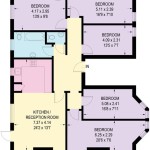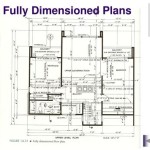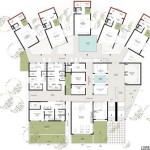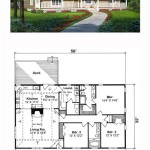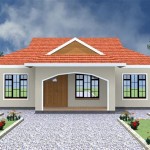Essential Aspects of Sea Can Home Floor Plans
Sea can homes are becoming increasingly popular as an alternative to traditional housing. They offer a variety of benefits, including affordability, durability, and sustainability. However, designing a sea can home requires careful planning and consideration of several essential aspects. Here are some key factors to keep in mind when creating a sea can home floor plan:
1. Space Planning and Room Layout
One of the most important aspects of sea can home floor planning is maximizing space and optimizing room layout. Sea cans are typically 20 or 40 feet long and 8 feet wide, so efficient space planning is crucial. Consider the number of rooms you need, their size, and how they will flow together. Open-concept floor plans are often used to create a more spacious feel.
2. Natural Lighting and Ventilation
Natural light and ventilation are essential for a comfortable and healthy living space. Incorporate windows and skylights into your floor plan to take advantage of natural light. Cross-ventilation is also crucial to ensure proper air circulation and prevent condensation buildup.
3. Storage and Utility Spaces
Sea can homes typically have limited storage space, so it's important to plan for adequate storage solutions. Consider built-in cabinets, closets, and under-bed storage. Additionally, dedicate a space for utilities, such as the water heater, electrical panel, and HVAC system.
4. Kitchen and Bathroom Design
The kitchen and bathroom are two of the most important rooms in any home. When designing these spaces for a sea can home, consider the following: Kitchen: Maximize counter space, utilize vertical storage, and choose appliances that fit within the limited space. Bathroom: Opt for compact fixtures, utilize space-saving designs, and ensure proper ventilation.
5. Structural Considerations
Sea can homes are built using shipping containers, which have a specific structural design. When creating floor plans, it's important to consider the location of load-bearing walls, openings for windows and doors, and the weight distribution of the structure. Professional engineering consultation may be necessary to ensure the structural integrity of the home.
6. Exterior Design and Landscaping
The exterior design of your sea can home can enhance its aesthetic appeal and functionality. Consider incorporating decks, balconies, or patios to expand living spaces outdoors. Landscaping around the home can create privacy, reduce noise, and provide shade.
7. Sustainability and Energy Efficiency
Sustainability and energy efficiency are becoming increasingly important in home design. Sea can homes offer inherent sustainability due to their use of recycled materials. Additionally, incorporate energy-efficient appliances, insulation, and renewable energy sources into your floor plan to minimize environmental impact and reduce utility costs.
Conclusion
Creating a well-designed sea can home floor plan requires careful attention to space planning, natural lighting, storage, kitchen and bathroom design, structural considerations, exterior design, and sustainability. By considering these essential aspects, you can create a comfortable, functional, and sustainable home that meets your specific needs.

Sea Container Home Floor Plan House Plans

3 X Containers 2 Bedroom Home Full Construction Container House Plans Building A

63 Container House Plans Ideas

Container Home Floor Plans Structures Layouts More Ideas

Project Octopod Container Cabin Sea

House Plan Container Home Plans

House Plan Container Home

3 Bed Container Home Floor Plans

2 Bedroom Container Home Design Kit Pla Designs House Plans

2 Bedroom Container Home 68 0 M2 Or 731 Sq Ft House Plans

